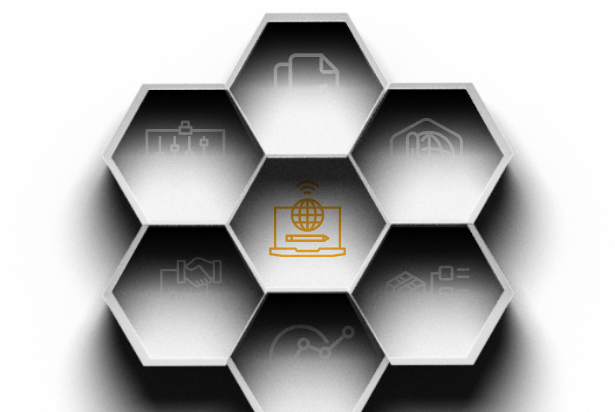Low Carbon Transition Rating
Comprehensive or Core Framework?
Understand Where Your Company Fits
Two Frameworks, One ESG Risk Rating
Sustainalytics uses two research frameworks for the ESG Risk Ratings of companies within our coverage universe.
The Comprehensive Framework forms the methodological foundation of the ESG Risk Ratings. The Core Framework was created to extend the coverage universe of the ESG Risk Ratings. It is derived from the full ESG Risk Ratings model and uses a reduced set of management indicators and structure to approximate the Comprehensive Framework’s outcomes. In general, we use the Comprehensive framework when rating larger companies and the Core framework when rating smaller ones.
Difference Between the ESG Risk Rating Research Frameworks
Comprehensive Research Framework
Designed for larger companies, the Comprehensive Framework includes a range of 70 to 90 assessed management indicators incorporated into more than 10 material ESG issues (MEIs). For Sustainalytics, an ESG issue is material if it is likely to have a significant effect on the enterprise value of a typical company within a subindustry, and if the presence or absence of an MEI in financial reporting is likely to influence the decisions made by a reasonable investor.
Management Indicators
- 70 to 90 assessed per company.
- Selected by relevance both to the assigned peer group (a sub-industry in Sustainalytics’ industrial classification system) and to the particularities of a company’s business model.
- The overall ESG Risk Rating score is the summation of the scores on several material ESG issue risk ratings scores.
Core Research Framework
The Core Framework is applied to smaller companies. This framework produces a comparable overall ESG rating based on a subset of management indicators.
Management Indicators
- 20 to 30 assessed per company.
- Selected for their ability to signal a company’s performance on managing key ESG issues.
- This is directly comparable to assessments of similar companies in the Comprehensive Framework.
- The overall ESG Risk Rating score is calculated according to the overall company exposure and management scores. It is NOT derived from separate material ESG issues.
What You Can Expect
Sustainalytics’ ESG Risk Ratings methodology is applied consistently to companies within the Comprehensive and Core Frameworks. Each company’s ESG Risk Rating is updated annually.
Here are some of the main features of the ESG Risk Ratings research process and what is available to your company.
- Access to the Sustainalytics Issuer Gateway to view your company’s ESG Risk Rating summary and scores.
- Email reminders of upcoming key dates and deadlines.
- Access to Reports including Risk Rating, Corporate Governance and Controversy Reports.
- Option to comment on your ESG Risk Rating during the annual update process.
Contact the Issuer Relations Team for details.
